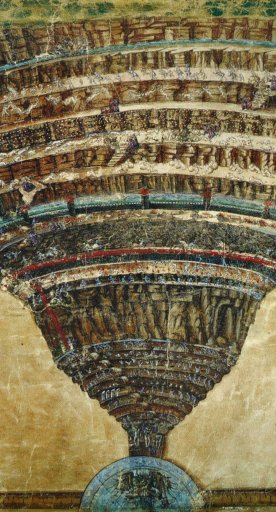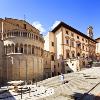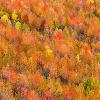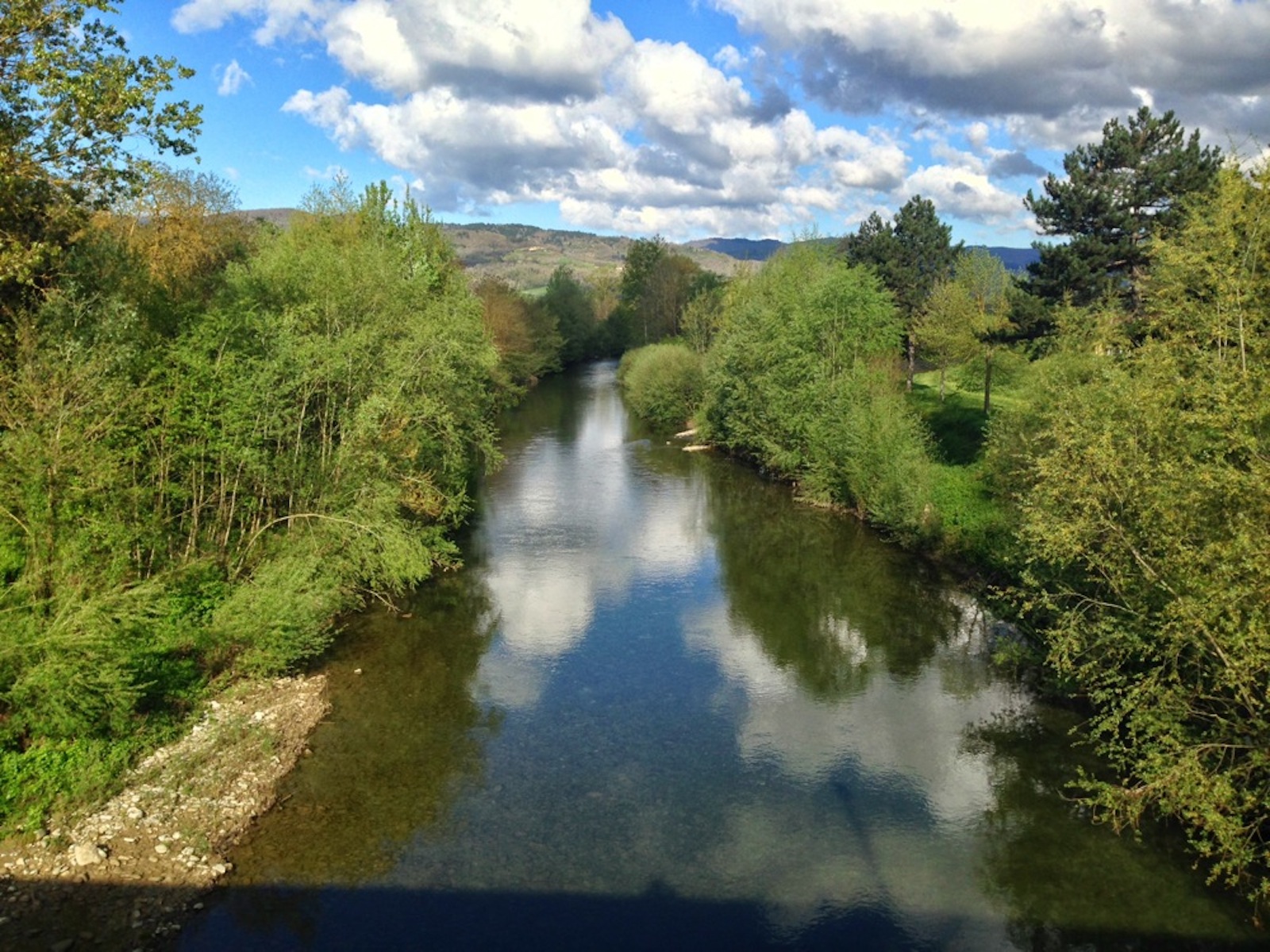The Parish Church of Santa Maria Maddalena a Sietina can be found near the river bank. The most important monument in this area, it was built at the beginning of the 11th century along an ancient Roman road. It has three naves that end in three apses, and visitors can admire the elegant Gothic and Renaissance frescoes decorating its walls. From the nearby village that’s centered around the Parish Church of San Giovanni, the view ranges from the peaks of the Alpe di Catenaia all the way to the Chianti hills. The medieval Parish Church stands at the center of the village, and is home to a beautiful 14th-century crucifix.
Also worth seeing is the parish church of San Martino Sopr'Arno, a sacred building located in the locality of the same name, with evidence dating it to 1017.
The historical center of Bibbiano, located on the slope of one of the hills, is interesting for the evident traces of its past: despite the village’s transformation over the years, it has nonetheless maintained a good majority of its medieval defensive wall, conserving a simple and austere line. To the east of Bibbiano is Ponina, known as Curtis in the Lombardic era. The church in Cenina, dedicated to Saint Lucy, is home to an oil painting from the Tuscan school that was made between the end of the 17th century and beginning of the 18th century.











